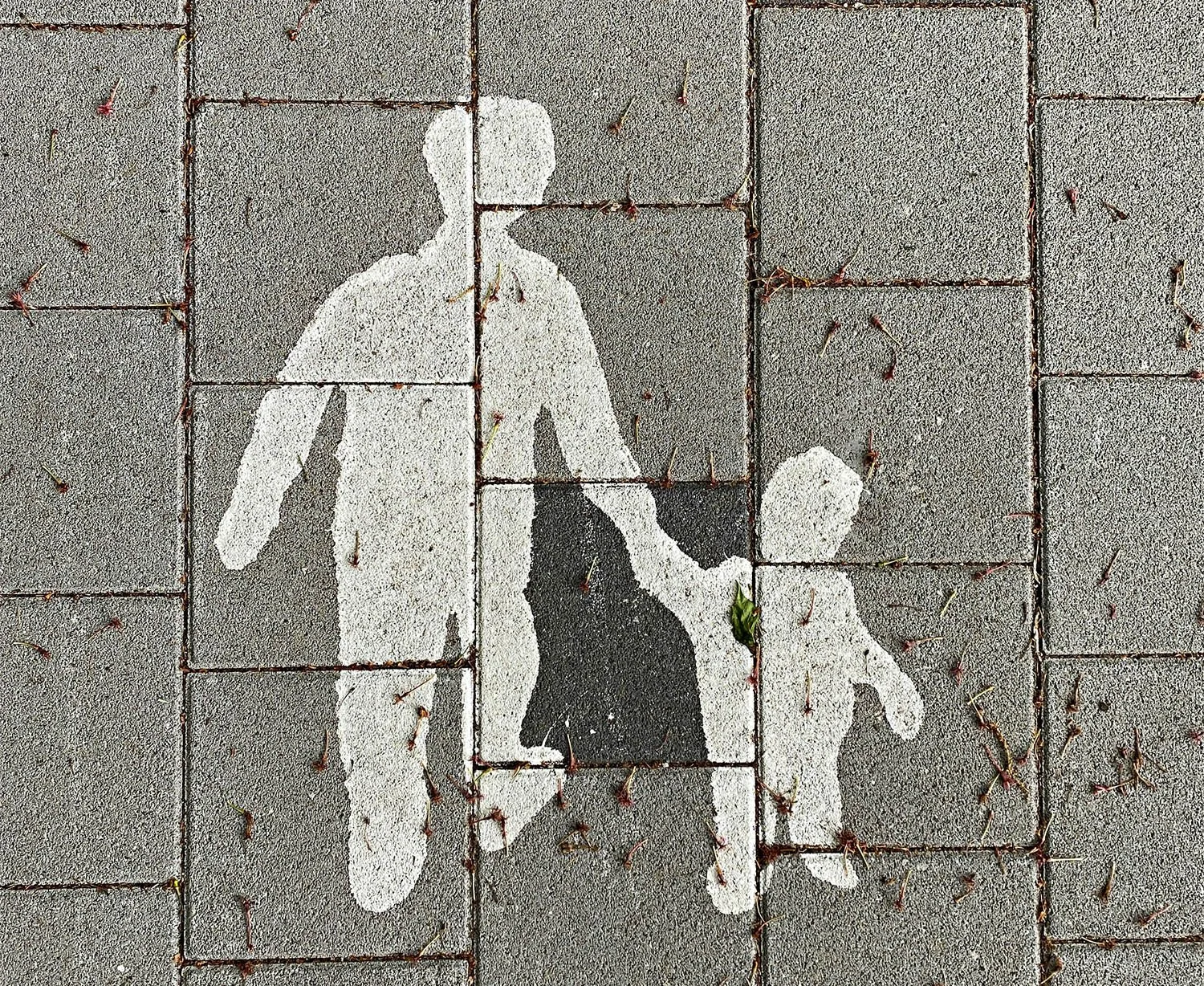Healing Through the Nervous System: Recovering from Childhood Trauma, Mother Wounds, and Father Wounds
Childhood is where our foundations are built—emotionally, psychologically, and neurologically. When those early experiences are marked by neglect, abandonment, abuse, or emotional inconsistency, they can leave deep imprints not just in our minds, but in our bodies—specifically, in our nervous system.
Understanding how the nervous system is shaped by trauma, especially through unresolved "mother wounds" and "father wounds," is key to healing. These wounds are not simply about what happened in our childhood, but how our bodies learned to survive in environments that didn’t feel safe.
The Nervous System and Trauma
Our nervous system is designed to keep us safe. When we perceive danger—whether physical or emotional—it activates a survival response: fight, flight, freeze, or fawn. In childhood, when a parent is emotionally unavailable, overly critical, frightening, or inconsistent, the child’s nervous system often interprets this as a threat.
Over time, if these threats are frequent and unresolved, the nervous system can become dysregulated. That means it's stuck in overdrive (hypervigilance, anxiety, panic), underdrive (numbness, dissociation, depression), or a cycling between both. These patterns can persist into adulthood and influence how we react to stress, form relationships, and regulate our emotions.
What Are Mother Wounds and Father Wounds?
Mother Wounds generally arise when a child’s emotional needs aren’t adequately met by their mother or primary female caregiver. This might include:
Lack of nurturing or affection
Over-criticism or perfectionism
Emotional enmeshment or parentification
Absence due to illness, addiction, or emotional unavailability
Father Wounds, similarly, stem from the child’s relationship with their father or primary male caregiver, and may involve:
Abandonment or absence (physical or emotional)
Emotional distance or stoicism
Abuse or fear-based authority
Lack of affirmation or guidance
These wounds aren’t necessarily about blaming parents—they too often carried their own unhealed wounds. Rather, it’s about recognizing how our early experiences shaped us, and taking steps to rewire those internalized patterns.
Recognizing the Manifestation of Mother and Father Wounds
These wounds can manifest differently in each person. Here are some common signs:
Mother Wounds:
Chronic people-pleasing, especially toward women
Low self-worth and harsh inner critic
Difficulty setting boundaries
Over-functioning in relationships to gain love
Anxiety or guilt around nurturing oneself
Father Wounds:
Struggles with self-confidence or self-assertion
Fear of failure or chronic perfectionism
Difficulty trusting authority figures or mentors
Avoidant or fearful attachment in relationships
A deep sense of not being “enough”
These behavioral patterns are often unconscious. They live in the body—encoded in our nervous system—and can feel like our "personality" rather than trauma adaptations.
Healing Through the Nervous System
The good news is that the nervous system is plastic, meaning it can change. Healing childhood trauma is not just about thinking differently—it's about helping your body feel safe again.
1. Nervous System Regulation
Engage in practices that help regulate the nervous system:
Breathwork to calm the vagus nerve
Somatic experiencing to release stored trauma
Grounding exercises like cold water, nature walks, or mindful movement
2. Inner Child Work
Reconnect with the parts of yourself that were wounded:
Write letters to your younger self
Visualize offering comfort or protection to your inner child
Affirm the feelings and needs that were dismissed
3. Repatterning Relationships
Through therapy or conscious relationships, we can begin to rewire how we relate to others:
Practice setting healthy boundaries
Explore attachment styles and their origins
Seek emotionally attuned connections that model safety
4. Therapeutic Support
Modalities like EMDR, somatic therapy, and parts work (like IFS) are particularly powerful in healing developmental trauma. These approaches focus on both the cognitive and somatic (body-based) aspects of recovery.
Healing from mother wounds and father wounds is not a linear process—it’s layered, cyclical, and deeply personal. It often involves grieving the parents we needed but didn’t have, while learning how to reparent ourselves with the compassion, safety, and nurturing we deserved.
Your nervous system is not broken—it adapted to help you survive. And with patience, intention, and support, it can learn what it means to feel safe, connected, and whole again.


